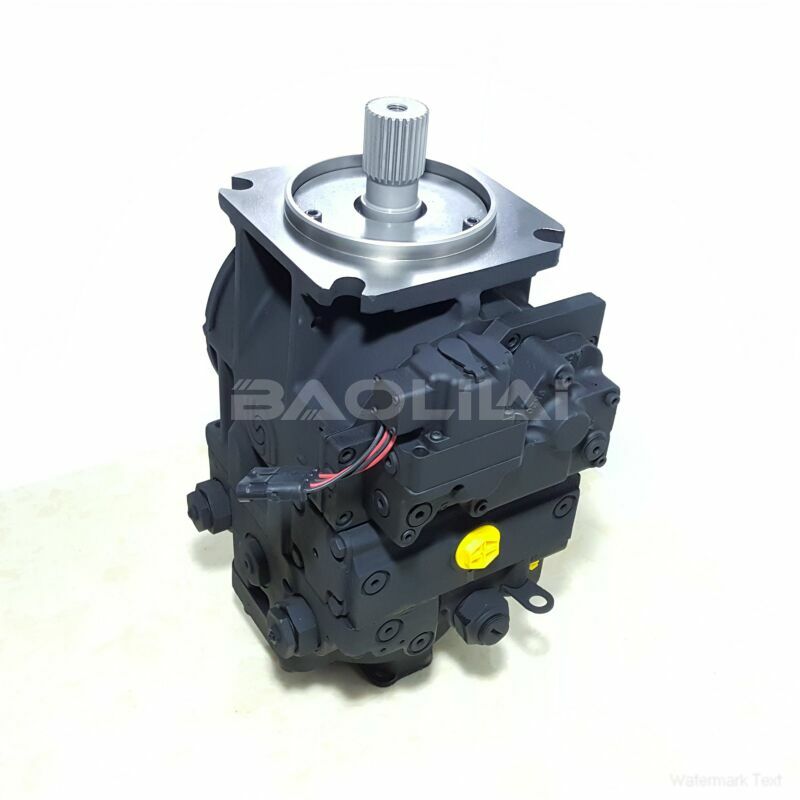90L100KN1CD80D4S1L03GBA353524 piston pump
90L100KN1CD80D4S1L03GBA353524 piston pump

- Product Details
- Applicable Scene
Plunger pumps, also known as positive displacement pumps, play a crucial role in the pharmaceutical industry, particularly in formulation processes. Their ability to deliver precise volumes of liquids makes them an invaluable tool in maintaining the consistency and quality of pharmaceutical products. This article explores the functionality, advantages, and applications of plunger pumps in the pharmaceutical formulation process.
90-L-100-KN-1-CD-80-D-4-S1-L-03-GBA-35-35-24
90L100KN1CD80D4S1L03GBA353524
Plunger pumps operate by utilizing a reciprocating plunger to create a vacuum, which draws liquid into the pump chamber. Upon reversing the plunger’s direction, the liquid is expelled with a consistent volume and pressure. This method of fluid transfer is particularly advantageous in situations where accurate dosage is critical, such as in the formulation of injectables, solutions, and suspensions.

83013893
One of the primary advantages of plunger pumps is their precision. In the pharmaceutical industry, maintaining dosage accuracy is paramount to ensure patient safety and the efficacy of the medication. Plunger pumps are capable of handling highly viscous fluids and can consistently deliver exact amounts, reducing the risk of human error or variability in the formulation process.
Another significant benefit is the ability to handle a wide range of chemicals, including those that may be sensitive to shear stress or temperature variations. Plunger pumps operate with minimal agitation, protecting the integrity of sensitive compounds that might otherwise degrade or react adversely in high-shear environments. This characteristic is particularly beneficial when working with biologics or other complex formulations.
In addition to their precision and adaptability, plunger pumps are designed for easy cleanability and sanitization. In pharmaceutical manufacturing, adhering to stringent hygiene standards is essential to prevent contamination. Many plunger pumps are constructed from materials that are easy to sterilize, and their design often allows for disassembly without the need for specialized tools. This feature significantly aids in maintaining compliance with Good Manufacturing Practices (GMP).





